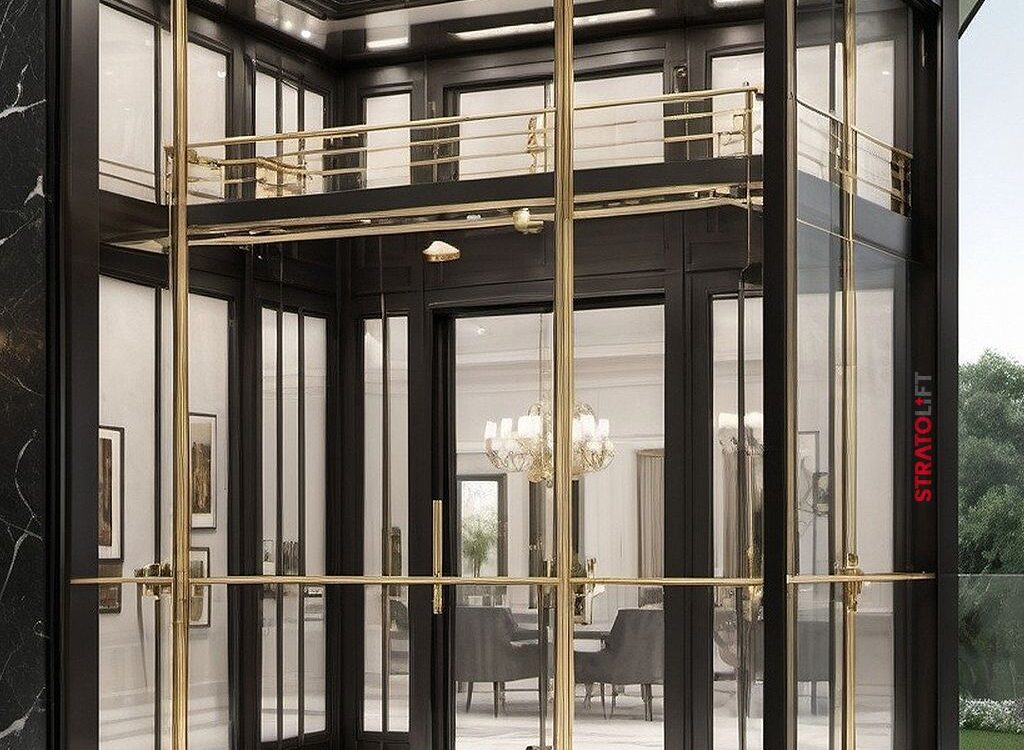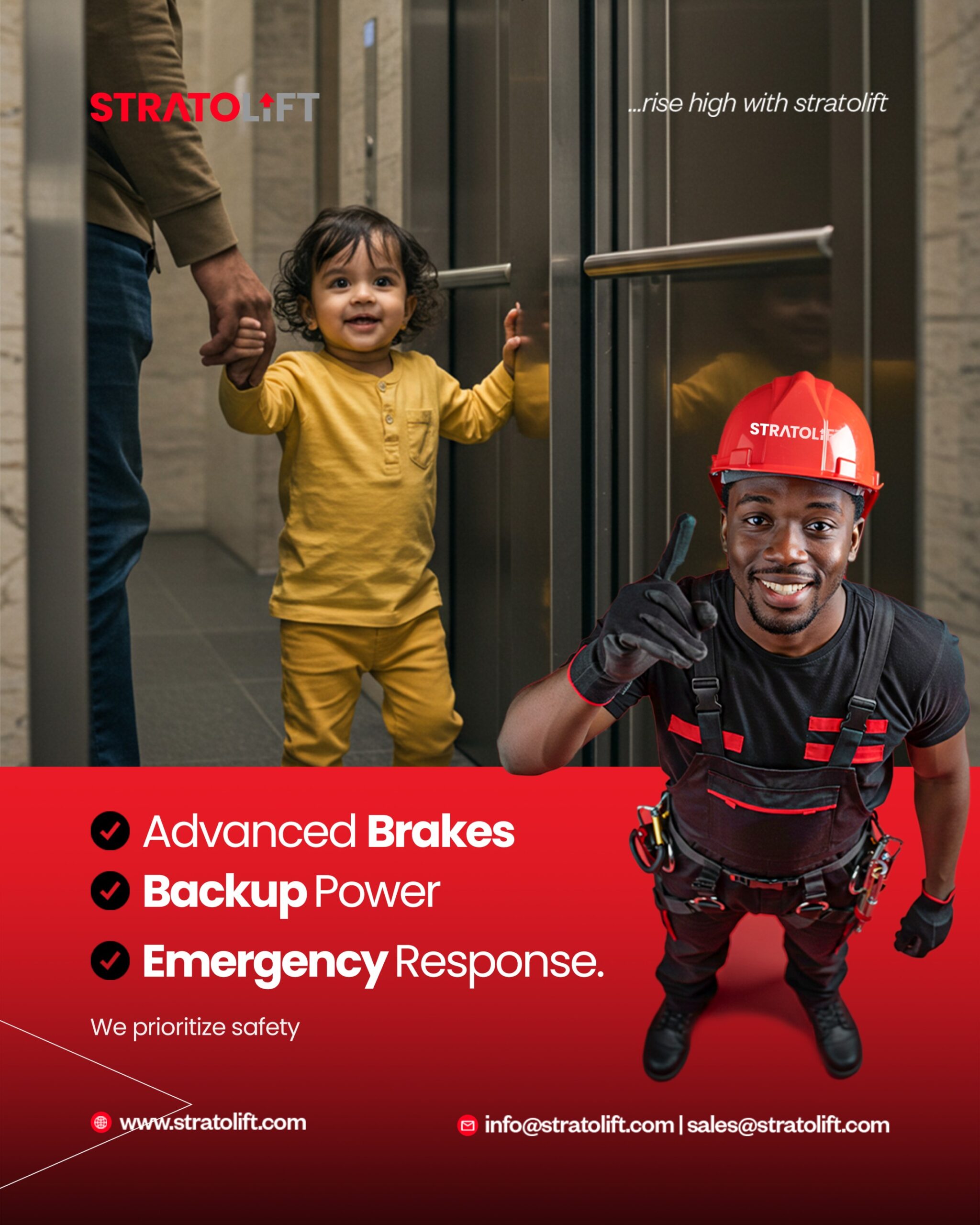
Panoramic Elevators: The View That Moves You (August 2025)
The Big Picture (literally)
If elevators could wear sunglasses, panoramic elevators would be runway models. As of August 2025, panoramic elevators have become one of the most talked-about features in high-end residential and commercial projects — and not just for the Insta-shot on arrival. They’re visual centerpieces, engineering feats, and (surprise) efficiency players all rolled into one glass-walled box that moves you up and down.
What is a panoramic elevator?
A panoramic elevator uses glass panels (often tempered, laminated or coated for UV and glare control) to create transparent cabins or shafts. Instead of being tucked away, the elevator becomes part of the architecture — a vertical window that offers views, daylight, and a little travel drama. Think “elevator + scenic balcony” minus the fresh air and the risk of a headache.
Why the buzz in 2025?
Three reasons: design appetite, tech maturity, and green credentials. Architects and developers want visually striking elements that sell. Manufacturers now reliably combine safety, energy efficiency (regenerative drives are common), and smart controls so panoramic lifts aren’t just pretty faces. Finally, buyers and tenants increasingly expect experiential features — a panoramic lift gives you a daily five-star moment for free.
Fun fact (for your next elevator cocktail party): a panoramic cabin tends to show off both the view and the interior design — so choose both wisely. Nobody wants to be judged by an elevator selfie with a mismatched interior.
How They Work (without the engineering sleep-inducers)
Let’s get a little technical — but short, sweet, and with no diagrams that need a PhD.
Core components (in plain English)
- Glass Cabin & Shaft: High-strength glass panels form the cabin walls or the shaft. They’re treated to prevent glare, improve thermal performance, and keep nosy pigeons out.
- Drive System: Traction or machine-room-less (MRL) systems are popular. Many modern panoramic installations include regenerative drives that reclaim energy during descent — hello, greener operation.
- Control & Safety Systems: Redundant brakes, door sensors, emergency communication (now often IP-based), and seismic/ wind-load design for high locations.
- Finishes & Lighting: LED ambient lighting, designer panels, and concealed fixtures create that luxury ambiance. Lighting also improves perceived safety at night; a cabin looks cozier than a broom closet with a bulb.
Design considerations (so you don’t learn the hard way)
- Views vs Privacy: Glass is beautiful — until someone in the building is wearing yesterday’s pajamas. Consider reflective coatings, blinds, or frosted lower panels for privacy where needed.
- Shaft Placement: Panoramic lifts often need an exterior or atrium-facing shaft. That affects structural load, façade design, and maintenance access.
- Wind & Vibration: For tall towers, glass cabins and outdoor shafts need extra attention to wind sway and noise control.
- Thermal & Sun: In sun-soaked cities, solar gain can turn a cabin into a sauna. Tinted glass, ventilation, and climate control are essential.
Safety (because drama should stay on-screen)
Modern panoramic lifts meet the same rigorous safety standards as any other elevator: door interlocks, overspeed governors, emergency lowering systems, and more. Manufacturers also add things like anti-condensation coatings and safety glass that holds together if cracked — like a superhero cape for your elevator.
The Business Case, the User Case, and the “Wow” Case
Why developers and owners choose panoramic elevators
- Market Appeal: They’re showstoppers. A panoramic lift can be the headline amenity that helps a luxury unit sell faster and at a premium.
- Tenant Experience: Tenants love experiences. The daily commute from apartment to penthouse becomes a mini-moment of delight.
- Certificates & ROI: When paired with energy-saving features (LEDs, regenerative drives, efficient controls), panoramic lifts contribute to green building certifications — and lower operating costs.
Why end-users love them (and also why grandma secretly prefers them)
- Views & daylight: Natural light reduces cabin claustrophobia and lifts mood. Grandma will approve.
- Smooth, quiet rides: With modern drive systems, panoramic lifts are whisper-quiet — even that nosy neighbor won’t hear you judging their wallpaper.
- Accessibility: Panoramic lifts can be specified with accessible controls, generous cabin space, and low thresholds — essential for hotels, hospitals, and inclusive homes.
Real-world mini case (Mulberry Mansion, Ikoyi, Lagos — a StratoLift example)
Installed August 2025: a 6-passenger panoramic lift serving four floors. Glass cabin, MRL traction system, regenerative drive, and soft-ambient lighting. Result: improved desirability for the building’s rooftop units, a perceptible uplift in renter interest, and positive PR across property channels. In plain terms: buyers loved it, agents used it as the “wow” shot, and the building’s lobby got better selfies.
Common myths — busted
- “Glass = unsafe.” No. Safety glass, redundant brakes, and modern control systems make these elevators as safe as any enclosed cabin — plus more scenic.
- “Panoramic = high maintenance.” Glass needs cleaning, yes, but modern designs make access and maintenance straightforward. Plus, the marketing value often outweighs the marginal extra cleaning cost.
- “Only for the ultra-rich.” While they’re popular in luxury builds, smart specifications and modular designs now let mid-market projects adopt panoramic lifts selectively (lobby feature, mid-rise focal point).
The lighter side (because elevators can be fun)
- Panoramic lifts have better selfie lighting than half the apartments you’ll tour.
- They’re the only ride where you can admire the skyline and pretend you’ve arrived somewhere important.
- Tip: If you ever get stuck — and it happens to the best — deep breaths, humor, and a well-written in-cabin emergency notice make awkward situations much more human.
Conclusion — The view ahead
Panoramic elevators in August 2025 are more than decorative glass boxes. They’re integrated systems that combine architecture, sustainability, and human experience. For developers, they’re a strategic amenity; for users, a delightful daily upgrade. For Stratolift, panoramic elevators represent where design meets engineering — practical, safe, and undeniably photogenic.
Ready to add a view that moves people (and property values)? Stratolift designs panoramic solutions that balance safety, efficiency, and style — minus the drama and plus the wow.
— StratoLift: Elevate the view, elevate the value







